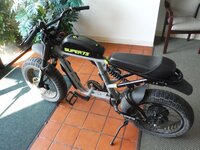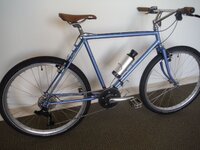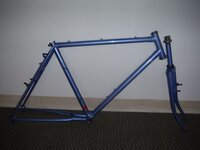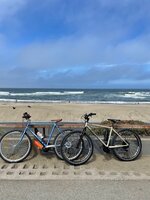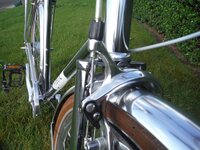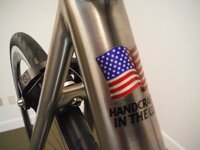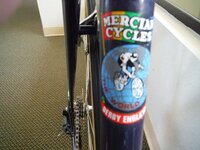Fair enough. I got triggered and lost sight of the original scope. My bad.
On point: The OP asked about a 250w motor on a 'road bike'. I'll offer this: For that kind of hardware a low-current motor (notice I did not say low wattage) is all he should consider. The chain- and seatstays on a road bike that wasn't made to have a motor are too spindly to take on anything powerful. I have seen BBS02s on bona fide older road bike frames be a big success, after they have had their amperage dialed back and the rider took the 'bicycle shaped object' designation to heart and spent time working over the PAS settings so they are in their personal Goldilocks zone.
I know of a couple of old-school fit-but-mid-curious riders who have fallen in love again with their 1990's chromoly road bikes, resurrected from the garage ceiling. Key word: "Back it off".
So... its not a question of whether its good for riding, its all about what a frame like that can handle. I'd back it off to 15a tops, work over PAS and watch it like a hawk to see if amperage needs to be dropped some more. I'd also use a higher powered motor (750w BBS02 or Tongsheng with the OSF firmware) as again the amps are what matters and the higher powered motors have upgraded controllers that, once dialed back, should last forever no matter what.
I would think this sort of minimalist build is right up
@PedalUma's alley.
Both of the road bike riders I know used bigger batteries. One a Wolf pack and the other a Shark.
